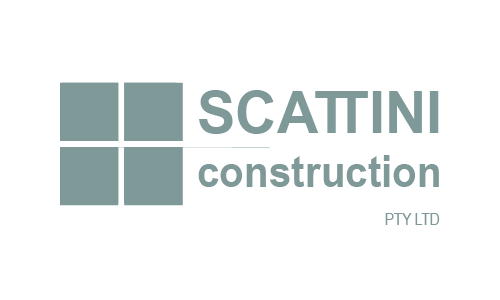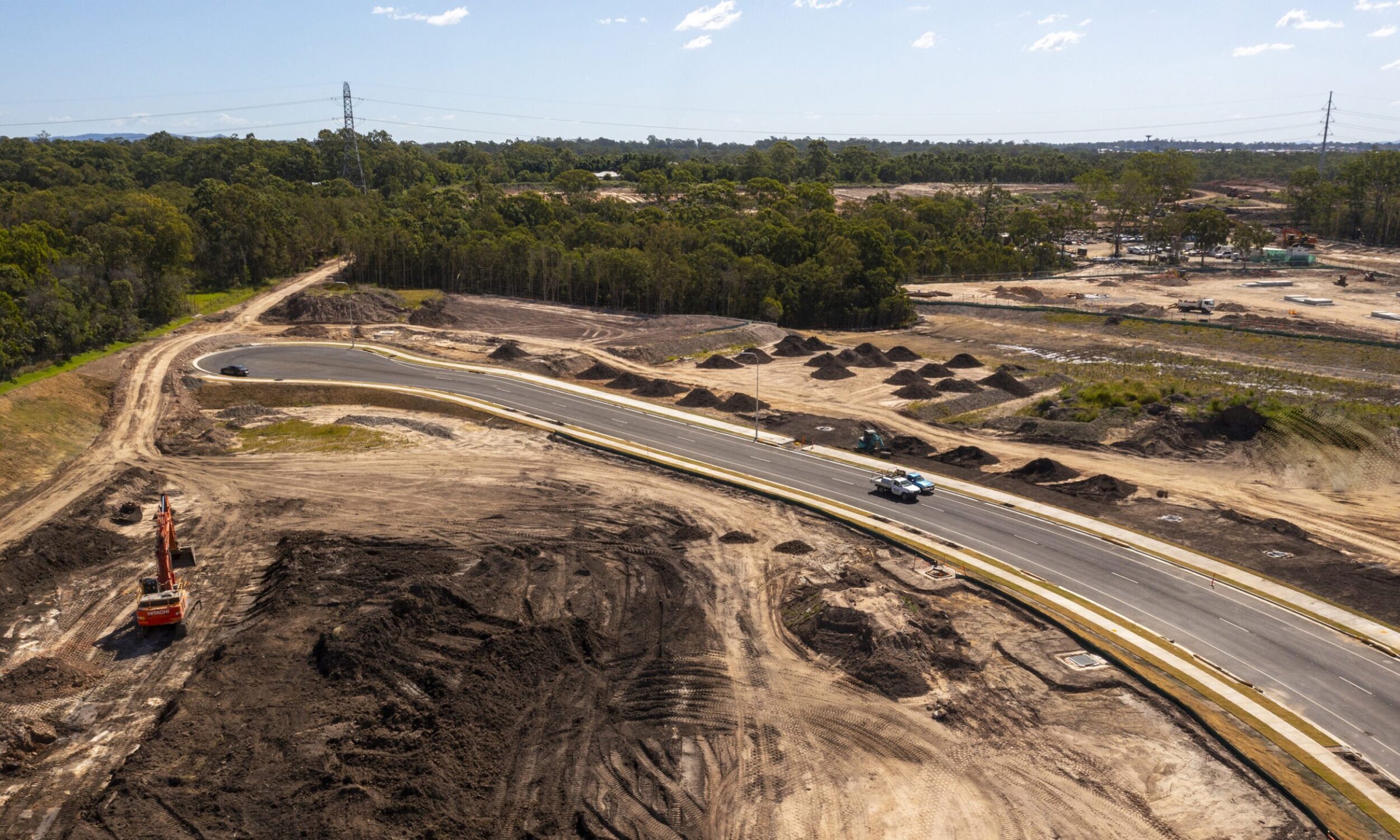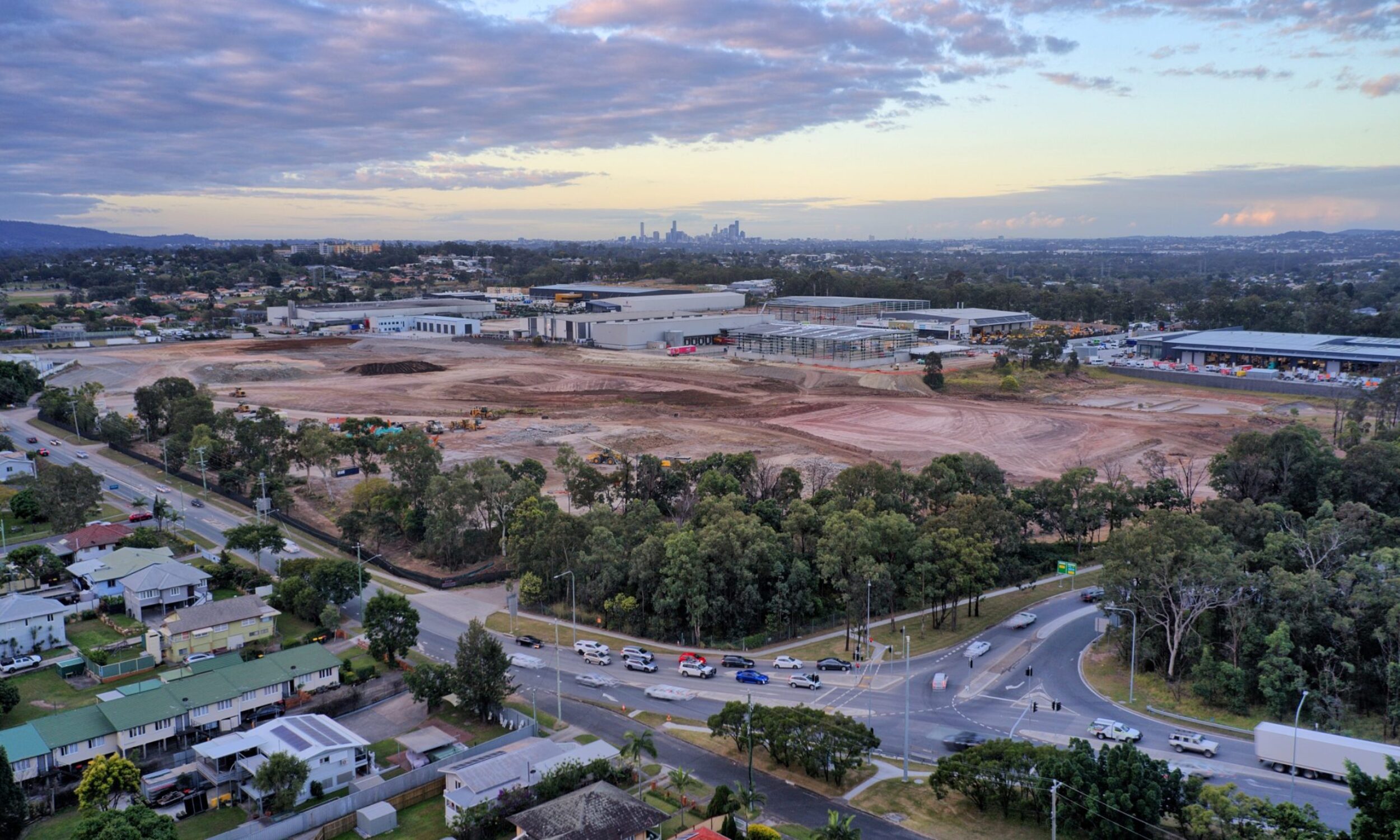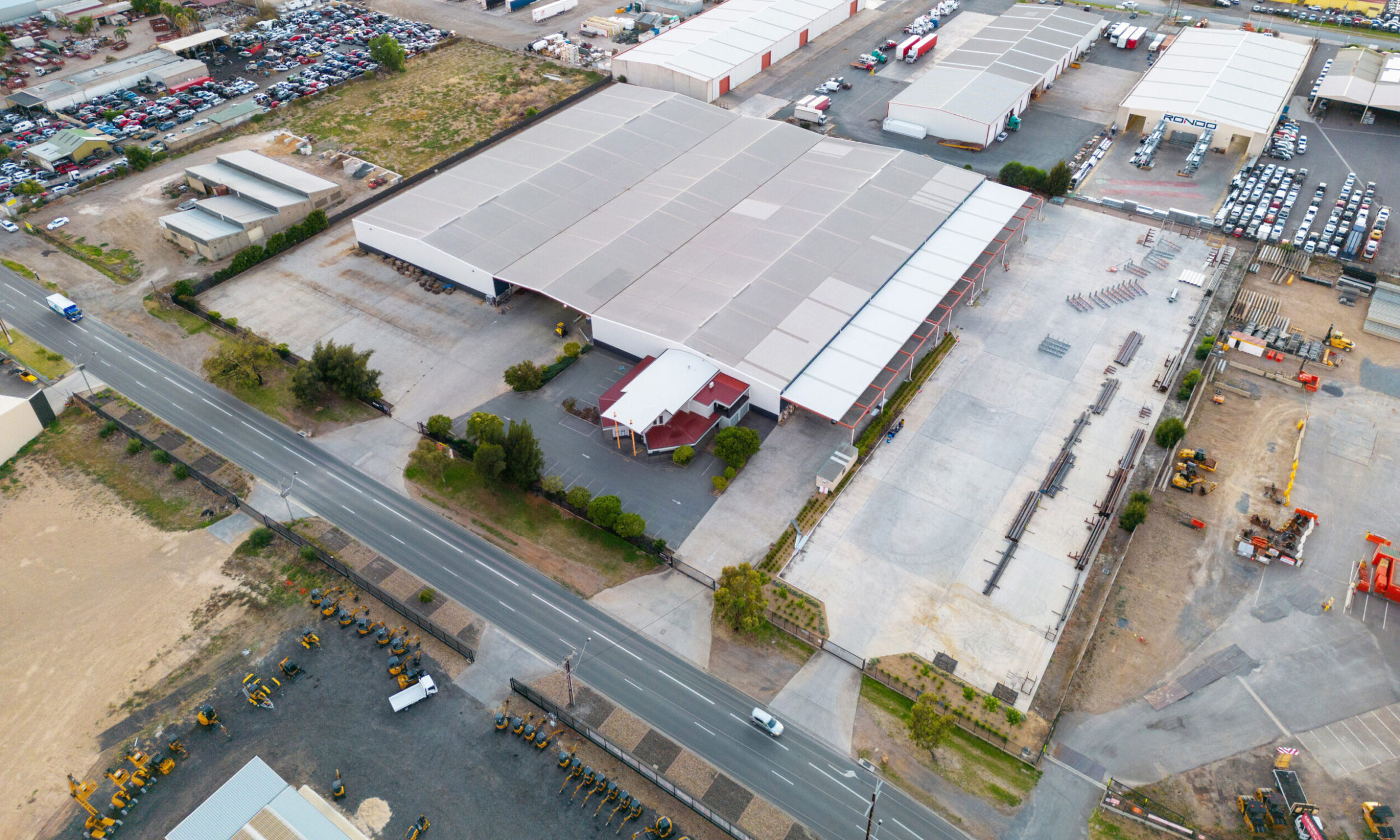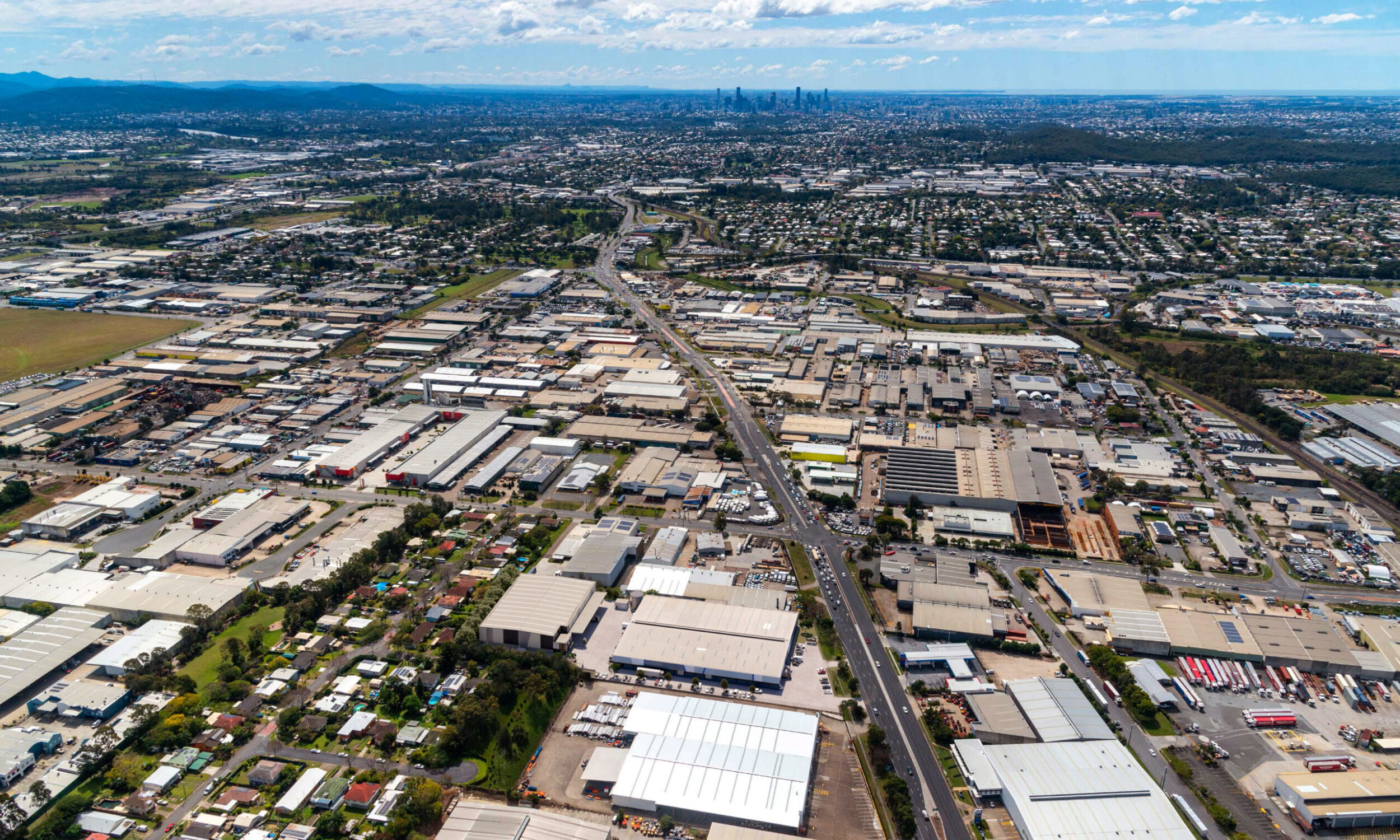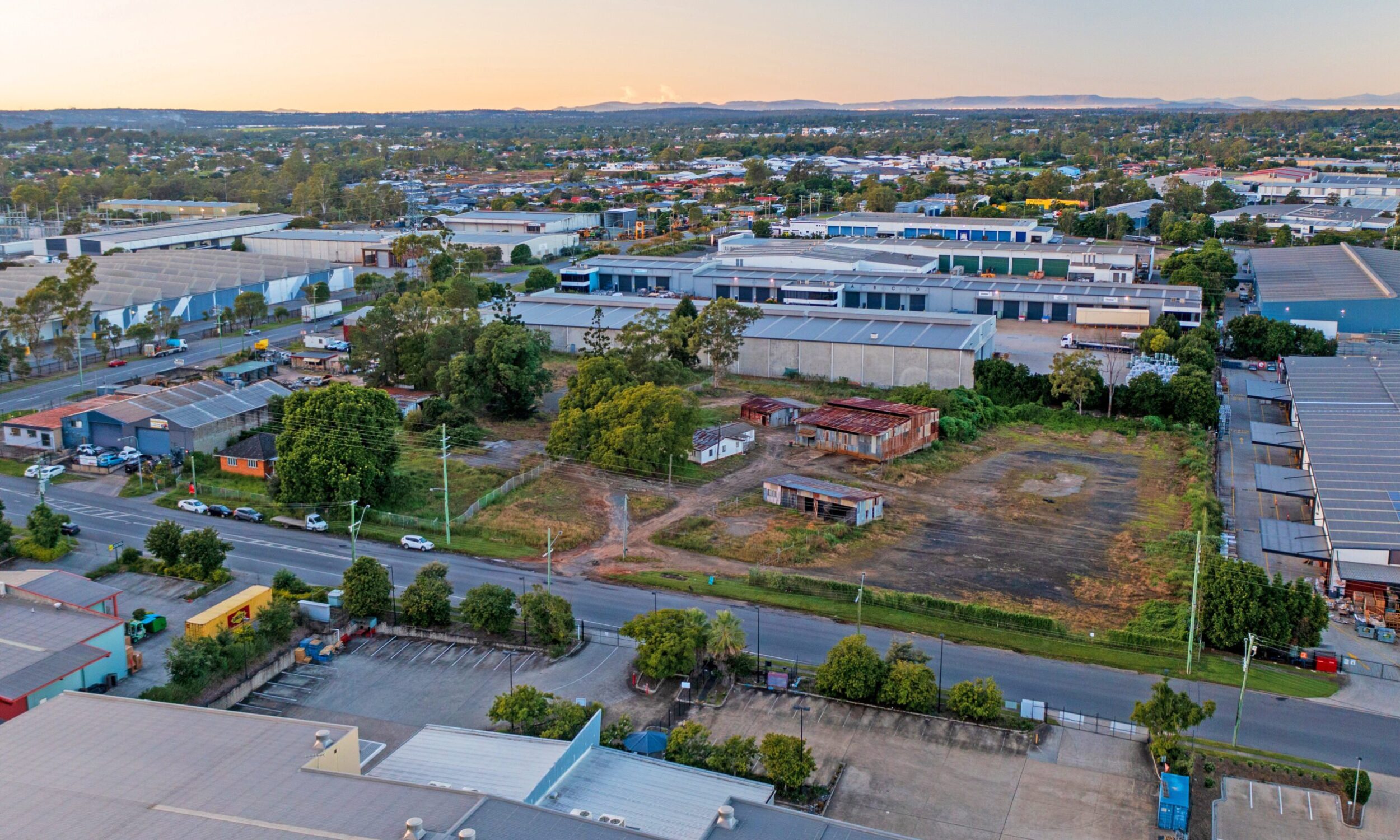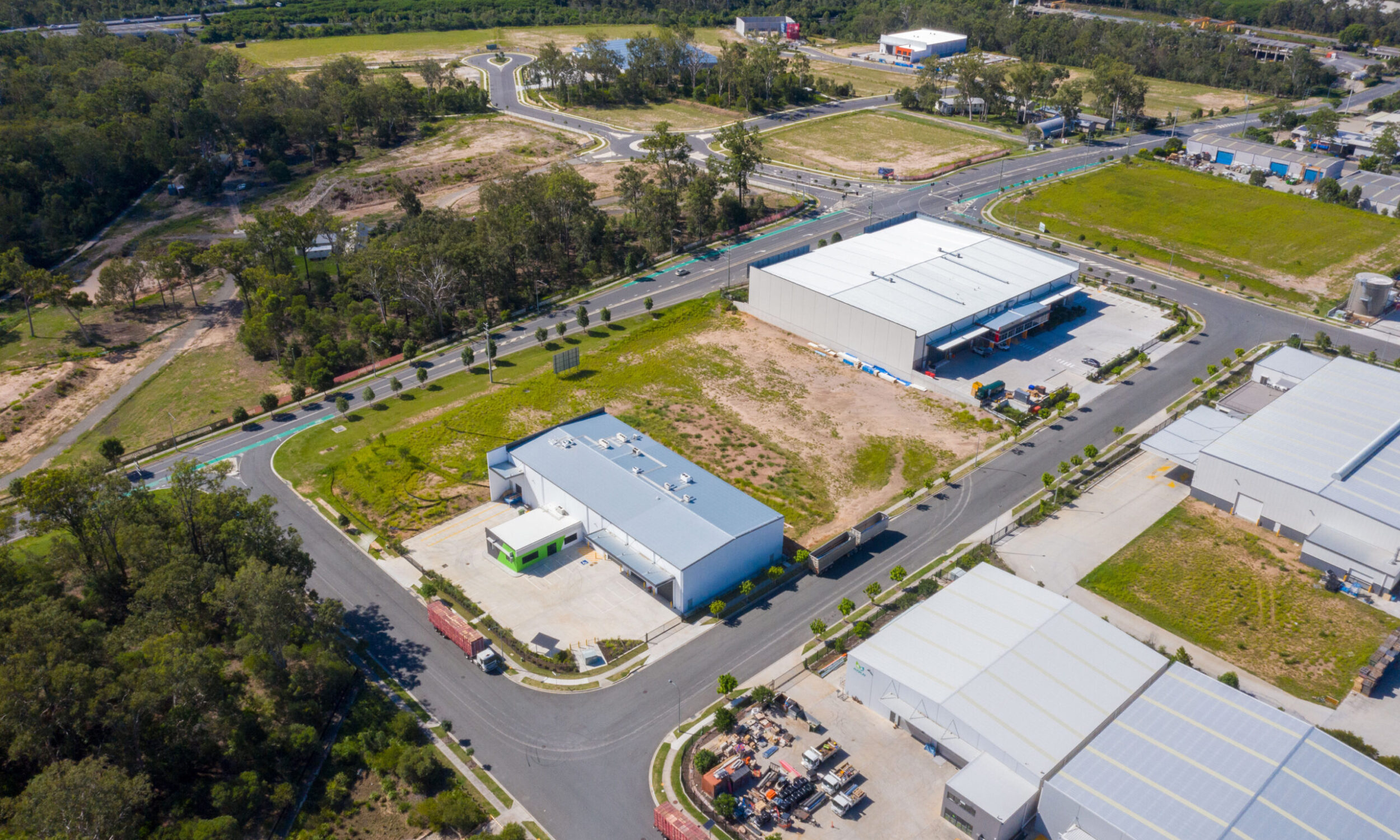nu .

Sydney’s Industrial Land Crunch: Navigating the 2025 Supply Squeeze
Sydney’s industrial property market has entered a new phase in 2025—not defined by how much demand there is, but by how little supply remains. As vacancy rates hover near historic lows, serviced land banks deplete, and infrastructure corridors tighten, the city is facing a major industrial land shortfall. According to CBRE and The Industrialist, Sydney currently has just 564 hectares of undeveloped industrial-zoned land remaining, with only 190 hectares expected to be ready for development within the next 12 months. That equates to just 4% of zoned, serviced land across the metropolitan area—a critical constraint that will reshape how occupiers, investors, and developers approach the market moving forward.
For logistics operators, manufacturers, and e-commerce distribution hubs trying to scale in 2025, the issue is no longer just about rent—it’s about access. And for developers and investors, this scarcity is forcing new models, new formats, and new urgency in decision-making.
What’s driving the supply squeeze in 2025
Several structural factors have converged to create Sydney’s industrial land shortage:
Decades of under-zoning: Compared to its population and logistics footprint, Sydney has historically under-zoned for industrial use, instead favouring residential growth corridors
Absorption outpacing release: Since the pandemic, industrial land take-up has increased dramatically, with major 3PLs, cold storage firms, and large-scale warehouse operators expanding footprints
Infrastructure bottlenecks: Projects like WestConnex, M12, and the Western Sydney Airport have made surrounding areas more attractive—but lead times on zoning and services have lagged behind demand
Fragmented land holdings: Many large industrial lots are tied up in legacy ownership or require remediation and consolidation before they become development-ready
Speculative build acceleration: Developers are building ahead of lease commitments more often, reducing available undeveloped land faster than planning can keep up
As a result, key areas like Eastern Creek, Erskine Park, Kemps Creek, and Bringelly are being absorbed at unprecedented rates—without comparable new stock entering the pipeline.
Where the pressure is most intense
Sydney’s western and south-western corridors have traditionally been the city’s logistics backbone. But even these areas are now under pressure.
Eastern Creek and Erskine Park: Major tenants like Amazon, Coles, and DHL have locked up enormous footprints. Very little large-lot land remains uncommitted.
Kemps Creek and Bringelly: Zoned as part of the Western Sydney Aerotropolis precinct, these areas are seeing strong demand—but lead times for servicing are still slowing immediate construction
Moorebank and Milperra: Intermodal and last-mile hubs are commanding premium rents, with older assets now targets for redevelopment rather than relocation
Riverstone and Marsden Park: Northern industrial nodes are gaining attention but constrained by limited infrastructure and patchy planning
Infill zones like Auburn, Lidcombe, and Marrickville: Landlocked and competitive, these are now focused on repositioning older stock for smaller-scale urban logistics
Vacancy is lowest in metro-adjacent and freight-accessible sites. Across Sydney, rents are rising and occupier requirements are being shaped more by what’s available than what’s ideal.
The impact on occupiers, developers, and investors
The land supply crisis is rippling across every layer of the industrial ecosystem in Sydney.
For occupiers:
Longer lead times to find or develop new space
Pressure to sign leases early or commit to pre-leases before design is finalised
Higher costs not just in rent, but in fitout and incentives
Reluctance to relocate due to lack of alternatives in core corridors
Growing interest in build-to-own and strata industrial purchases to secure long-term certainty
For developers:
Increased feasibility pressure as land pricing rises
Greater reliance on multi-storey formats and intensified use of smaller sites
Shift toward strata warehouse development and micro-unit logistics
Fast-tracked DA processes and early-stage marketing to lock in tenants
Stronger partnerships with landowners, councils, and infrastructure bodies to access and prepare land early
For investors:
Limited buy-side options, especially for large-scale assets
Capital chasing mid-ring repositioning opportunities (urban logistics, cold storage, value-add warehousing)
Institutions favouring long WALE, new-build logistics over retail and office
Portfolio reweighting toward Sydney, despite yield compression, due to long-term rental growth potential
High competition for anything near airport, port, or intermodal zones
With such constraints, timing and positioning are now just as important as product.
What strategies are emerging in response
As supply thins and demand rises, the Sydney industrial market is evolving rapidly. Key strategies gaining traction in 2025 include:
Multi-level industrial design: Especially in South Sydney, M4 corridor and Port precincts, where land cost justifies vertical warehousing
Zoning reform: Lobbying for rezoning of low-use employment land, bulky goods, or outdated light industrial into higher-density industrial use
Brownfield repositioning: Updating older stock with better loading, increased power, sustainability features, and office/warehouse integration
Strata industrial intensification: Developments of 1,000–5,000m² unit estates in Auburn, Banksmeadow, and Alexandria aimed at trades and e-commerce operators
Land banking in fringe corridors: Areas like Mamre Road, Luddenham, and Wilton are drawing attention for long-term capital plays
These strategies are not only helping relieve short-term pressures—they’re defining what industrial property will look like in Sydney for the next 10–15 years.
Why this market still presents opportunity
While the supply issue is real, it’s also one of the reasons Sydney industrial remains such a strong investment class.
Tight supply supports high tenant retention, sustained rental growth, and portfolio stability. As eastern seaboard logistics becomes more complex, Sydney’s position as a central distribution hub—especially with direct road, rail, port and airport access—will remain critical.
For proactive developers and investors, this means:
Get in early—before servicing or zoning is complete
Add value through planning, repositioning, and early DA
Focus on tenant-driven design, not just land flips
Align to infrastructure and population corridors to future-proof demand
The land crunch is real, but so is the opportunity. Those who solve for scale, speed and flexibility will lead the next cycle.
How we help bring constrained opportunities to market
In a market like Sydney—where industrial land is scarce and tenant attention is high—every detail matters.
We work with developers, agents, and landowners to visualise potential, clarify messaging, and fast-track engagement with the right buyers or tenants.
Aerial and ground 3D renders showing site access, staging, building footprint and DA potential
Positioning language for early-release and pre-lease campaigns
Strata estate branding, naming and collateral to support fast uptake
Interactive brochures, IMs and digital assets for speed-to-market
Conceptual planning visuals to help navigate local council or rezone pathways
We help bring unbuilt projects, land banks, and repositioned sites to market with clarity, polish, and confidence.
Let’s talk about marketing industrial property in Sydney
If you’re holding land or property in Western Sydney, the inner ring, or emerging outer corridors, now is the time to build your case visually and strategically.
Whether you’re preparing to launch, rezone, lease, or pre-sell, we can help you position for a market defined by constraint—and act while attention is at its peak.
Get a free quote
Whether you’re selling land, securing approvals, or launching a campaign — we’ll help you visualise it clearly and move faster to market. Fill out the form below and we’ll send through a free tailored quote for your next commercial or industrial development.


